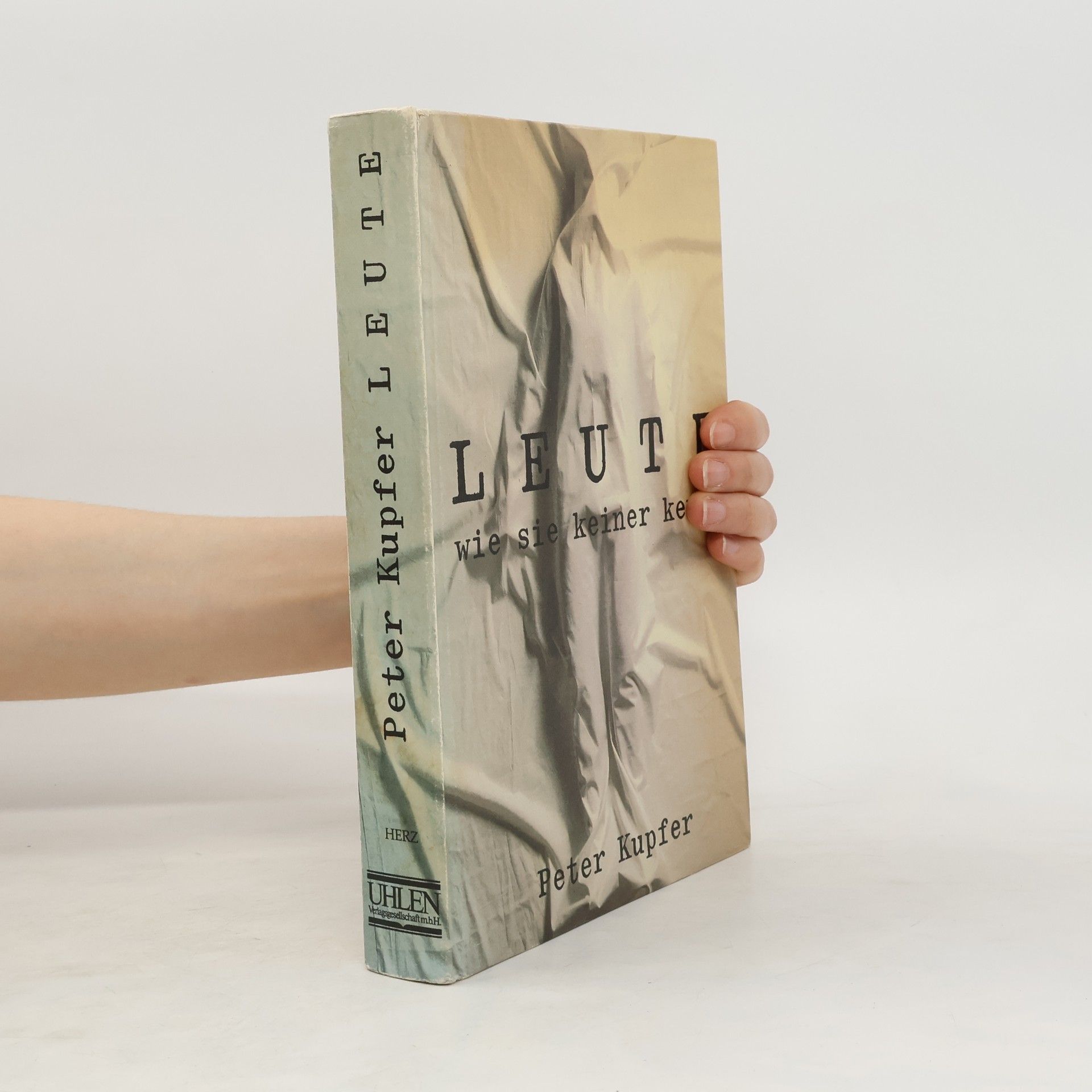The Glassmaker's Son
Looking for the World my Father left behind in Nazi Germany
- 258 stránek
- 10 hodin čtení
The narrative intertwines personal reflection with historical exploration as a son embarks on a long journey to discover the life and legacy of his Jewish father in Nazi Germany. Through a poignant blend of memoir and history, the book delves into themes of identity, loss, and the impact of the past on the present, offering a profound look at family heritage and the shadows of history.


